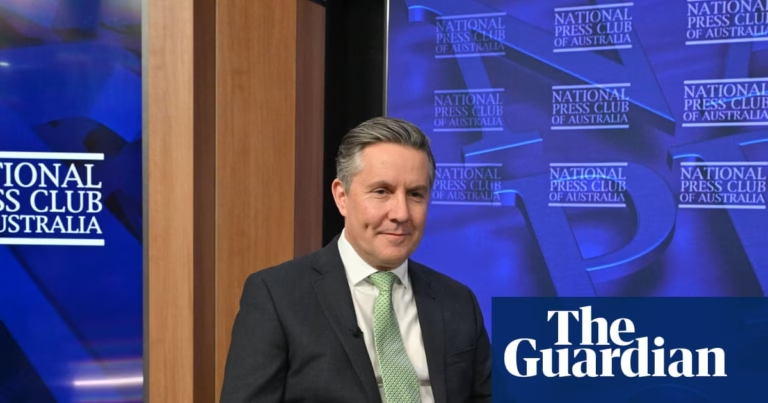The education minister spoke candidly to the media on Tuesday to announce a significant agreement with New South Wales, marking a historic move by the federal government to fully fund public schools for the first time.
Jason Clare emphasized, “This is the big one. New South Wales boasts the largest education system in the nation, and this represents the largest single investment in public schooling by any Australian government to date.”
After over seven months of negotiations, all states and territories except Queensland have agreed to a plan that will fully fund public schools according to the Schooling Resource Standard (SRS), fulfilling long-promised Gonski funding levels, albeit with certain conditions to be discussed later.
The SRS, a mechanism introduced by the Gonski review, calculates the necessary funding for a school to meet the educational needs of its students and mitigate the effects of social disadvantage. Each student will be funded to 100% of the SRS. This standard includes a base amount for primary and secondary students, with extra funds available for priority groups like Indigenous students and those with disabilities, as well as for disadvantaged schools.
The new agreement, set to take effect from next year, includes education reforms and targets, such as individualized support, evidence-based teaching practices, phonics and numeracy checks, along with mental health and wellbeing support.
Most politicians agree that fully funding public schools is essential. Jason Clare emphasized, “Our bottom line is that this should have occurred over a decade ago.”
The key issue has been determining who should provide the funding. Currently, under a model initiated by the Turnbull government, the federal government contributes 20% to public school funding, with states responsible for 75% – leaving a 5% shortfall. Additionally, 98% of private schools are currently overfunded according to the SRS standards.
The federal government initially proposed a 2.5% increase in public school funding to reach 22.5% contribution, with states expected to match the increased funding proportion. However, the biggest states insisted on a larger contribution due to their larger resource pools. Eventually, the prime minister intervened, committing to meet these demands and finalizing deals with Victoria and South Australia for the needed increase.
Despite attempts to reach a consensus, a deal with Queensland remains uncertain. The state has until December this year to negotiate, with an election expected within the next couple of months.
A significant caveat to the agreement is the slow rollout of funds, meaning that not all schools will reach full funding until 2034. So, another generation of public school students in most states and territories will not receive the baseline fundingLevel. The Australian Capital Territory is currently the only region where students have already reached the SRS level.
Nevertheless, Labor can claim victory in securing the agreement, which will bolster their electoral prospects, particularly as education is central to the party’s platform. Education unions have pledged their support for Labor in the upcoming elections, mirroring the commitment to matching public school funding agreements should they take office. With the ongoing exodus from public schools and persistent educational disparities, the need for political parties to prioritize education reform transcends partisan differences.
Source: https://www.theguardian.com/australia-news/2025/mar/04/jason-clare-says-the-deal-to-fully-fund-nsw-public-schools-is-a-decade-overdue-but-itll-take-a-decade-to-fully-arrive







